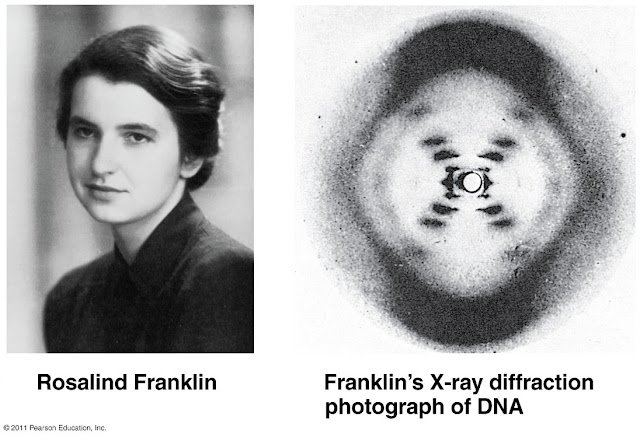Who discovered DNA?
1 Answer
DNA is deoxyribonucleic acid. It was first isolated by Friedrich Miescher from pus (collection of dead white blood cells), he called it 'nuclein'.
Chemistry of nucleic acid was discovered by Albrecht Kossel while the term 'nucleic acid' was coined by Richard Altmann.
Explanation:
Meischer used to collect WBCs from used bandages that covered wounds. He developed techniques to isolate the nuclei of collected WBCs. He noticed that there are nitrogen and phosphorus in the 'nuclein', and his findings were published in 1871.
His research paved way for the discovery of nucleobases by Albrecht Kossel. He identified and named Adenine, Cytosine, Guanine, thymine and Uracil: five basic components of nucleic acid.
He also mentioned that acidic nucleic acid remains associated with histone proteins within nuclei of cells. His contribution in unvailing the chemistry of cell nucleus braught him the most coveted Nobel prize in 1910.
In between, a German scientist, Richard Altmann coined the word nucleic acid in 1899. Altmann is better known as discoverer of elementary living units or bioblasts, which we now know as mitochondria.
Much later, biochemist Erwin Chargaff declared that in all DNA samples guanine equals cytosine and adenine equals thymine. This discovery gave rise to idea of paired bases in DNA, first conceived and endorsed by Watson and Crick of Cambridge.
They luckily received Xray diffraction images of DNA during early 1950s from Maurice Wilkins though the data were generated by Rosalind Franklin and her student Raymond Gosling. Franklin herself was not sure that the images reflect double helical nature of DNA.
In 1953, double helix model of DNA structure was unveiled by Watson and Crick, who later shared a Nobel with Maurice Wilkins in 1962; but Franklin's contributions in deciding the double helical structure of DNA were largely left uncelebrated who died in 1958 after suffering from various complications related to cancer.

